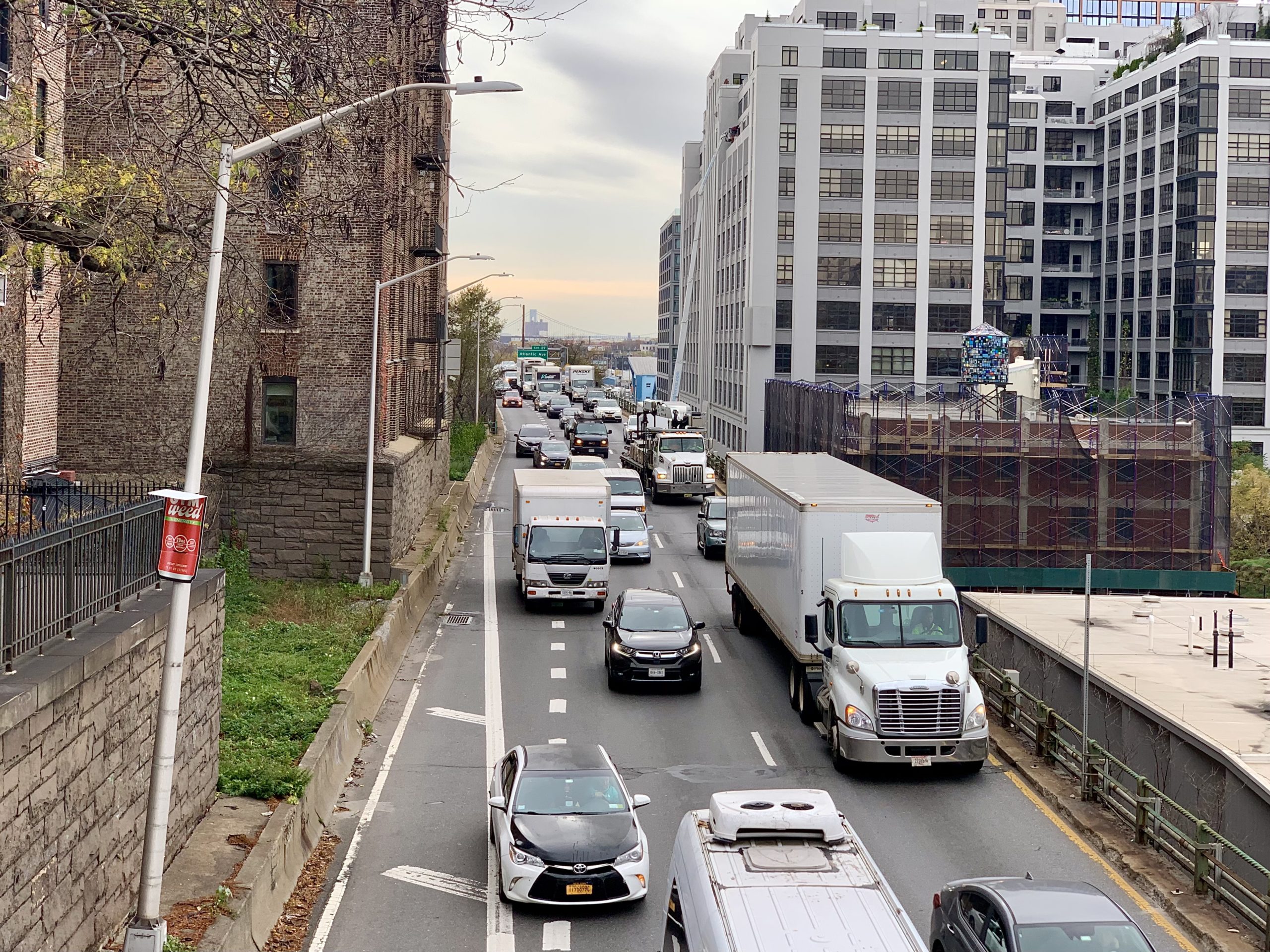New system to ticket overweight trucks on BQE ‘significantly delayed’
Brooklyn officials frustrated; expected technology in January

A highly anticipated project designed to electronically ticket overweight trucks on the Brooklyn-Queens-Expressway (BQE) will be “significantly delayed,” the city Department of Transportation (DOT) has told Brooklyn officials.
UPDATE: See below for a response by the Coalition for the BQE Transformation
The goal of the BQE Weigh-In-Motion (WIM) system is to prevent massive trucks from further deteriorating the triple cantilever that underpins the Brooklyn Heights Promenade.
Local officials said they were deeply disappointed by the news.

Brooklyn Boro
View MoreNew York City’s most populous borough, Brooklyn, is home to nearly 2.6 million residents. If Brooklyn were an independent city it would be the fourth largest city in the United States. While Brooklyn has become the epitome of ‘cool and hip’ in recent years, for those that were born here, raised families here and improved communities over the years, Brooklyn has never been ‘uncool’.